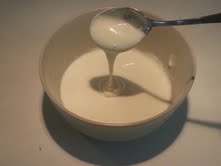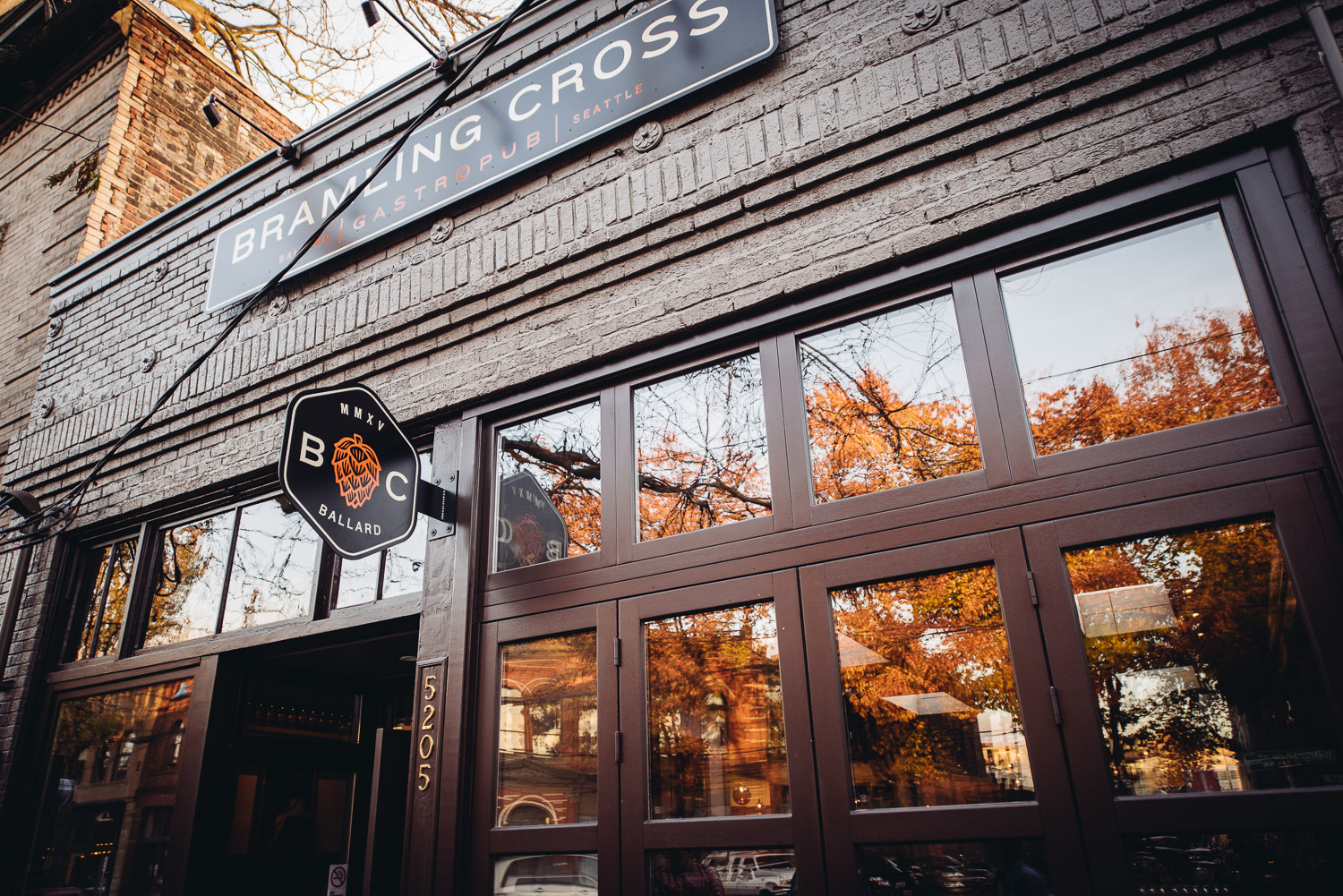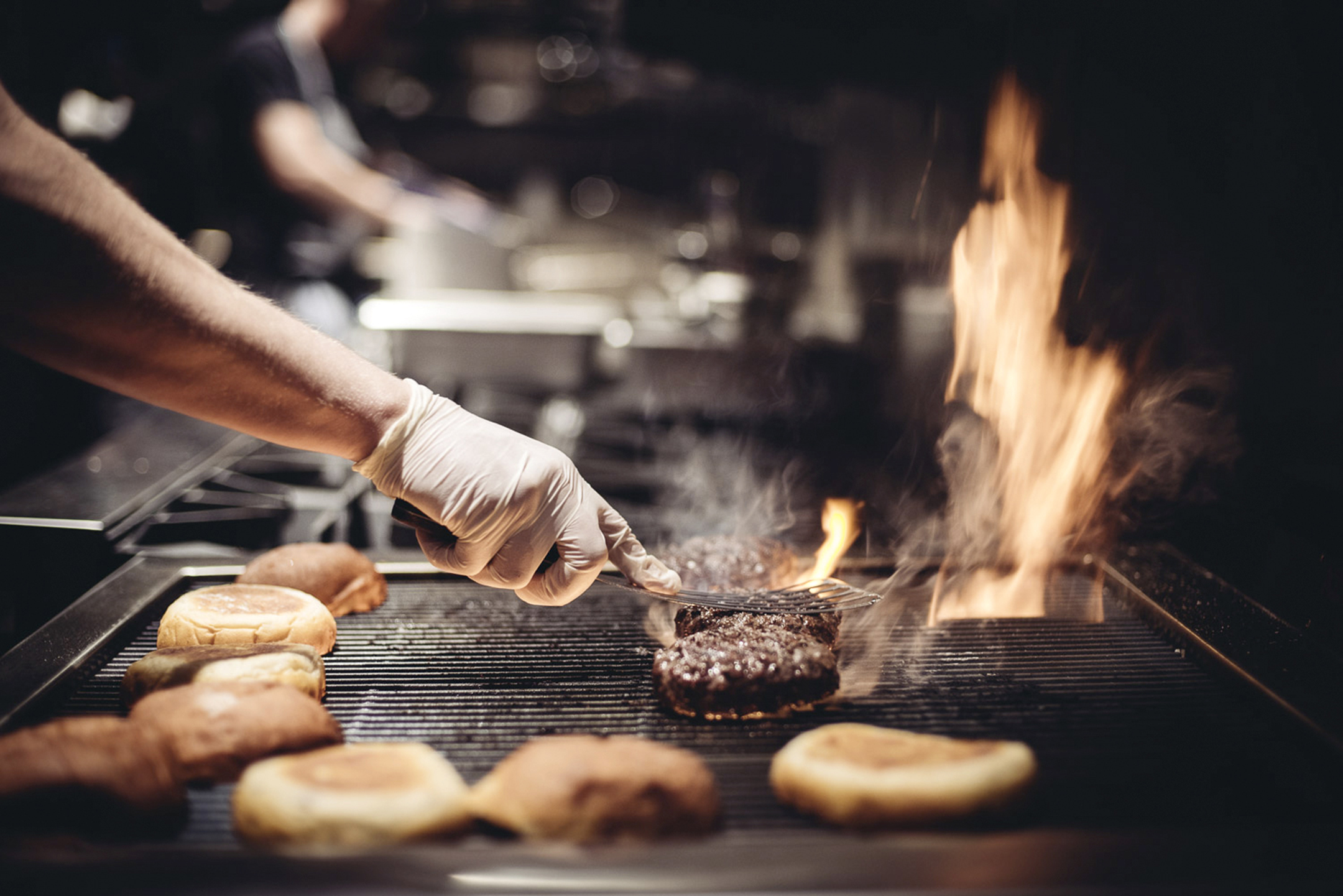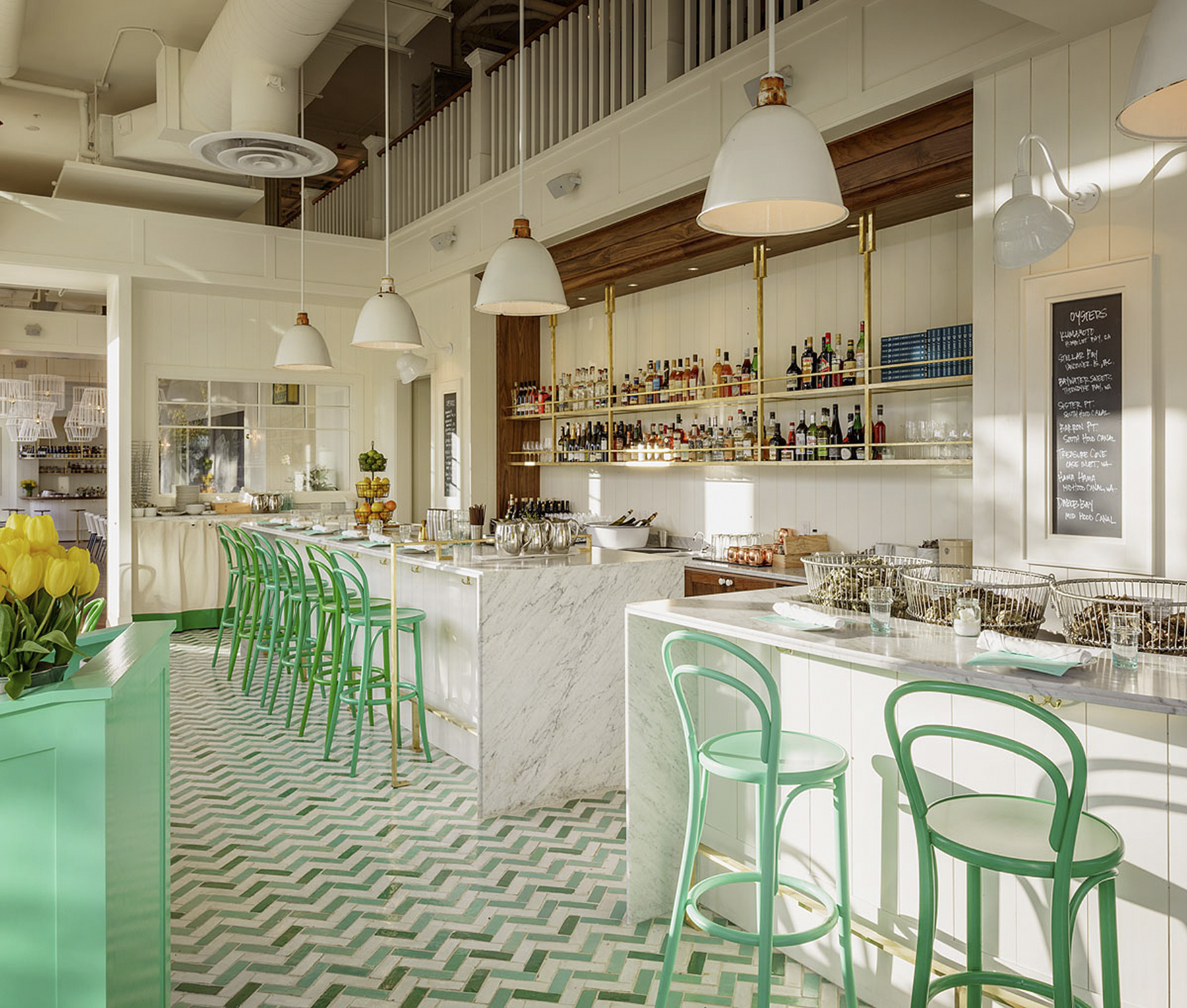Sometimes you realize how simple—and satisfying—it can be to make not only great meals at home, but basic, essential ingredients from scratch.
So it was this weekend for me when I made my own creme fraiche. This French staple—similar to sour cream but less sour, is essentially heavy cream soured with bacteria. Though you can buy it in most high-end grocery stores in the U.S., it’s never quite as thick and decadent as what you’ll find in Paris. That’s because, in France, the product is highly regulated and can’t contain any ingredients besides cream and the starter bacteria (which is unpasteurized). Here in the states, you’ll often find other sources of fat in the creme fraiche, like butter. Depending upon the brand, the amount of that butter fat may vary, changing the taste along with it.
Though I didn’t make my own starter bacteria, I did the next best thing, recommended by one of my favorite food memoirs/cookbooks: The Sweet Life in Paris by David Lebovitz. To a cup of heavy cream I added 1 ½ tablespoons of buttermilk. Remember that although buttermilk traditionally is the liquid that remains after you’ve churned the butter out of cream, what you get in the grocery story today has nothing to do with butter. In fact, it’s just pasteurized milk to which a lactic-acid producing bacterial culture has been added.
Those two things combined, temperature and time came into play next, otherwise known as the fermentation process. I put my bowl of cream and buttermilk in a warm closet next to the water heater and allowed it to remain there overnight (about 10-12 hours). The temperature along with the buttermilk encouraged the bacterial growth that changes the milk sugar to lactic acid, hence souring the milk. The result, sure enough, was a thick, tangy, creamy mixture that smelled and tasted much like a yogurt. It was more fluffy than what I’d found on the market shelves over the summer.
From there, I turned to a recipe in the same book: “Mocha-Creme Fraiche Cake.” A delicious cake that requires a springform pan set in a water bath (a shallow pan filled with warm water), its ingredients include the creme fraiche as its only fat (no butter), eggs, chocolate, sugar and espresso. No flour is added. The result was similar to a flourless chocolate cake, but less dense. Fresh out of the oven, it was supremely rich and the texture was sort of similar to a cheesecake (in a crumbly, ever-so-slightly wet way), which makes it hard to cut. (Lebovitz suggests cutting slices with dental floss since it’s so delicate.) I believe our friend’s four-year-old called it “ooohy, gooey” as she proceeded to smear it all over her face. It was as chocolate-y as a truffle, made as it was with a ganache (chocolate and the creme fraiche blended, though with espresso too).
The next evening, after having been refrigerated overnight, it became denser. I definitely liked it better eaten fresh. Lebovitz also suggests serving it frozen, which I’d try if we had any left. Next time. I do, however, have plenty of creme fraiche to spare (the cake only needed a quarter cup of it) and I’ll be scooping that over roasted figs, berries — whatever fruit I fancy — for the rest of the week.








